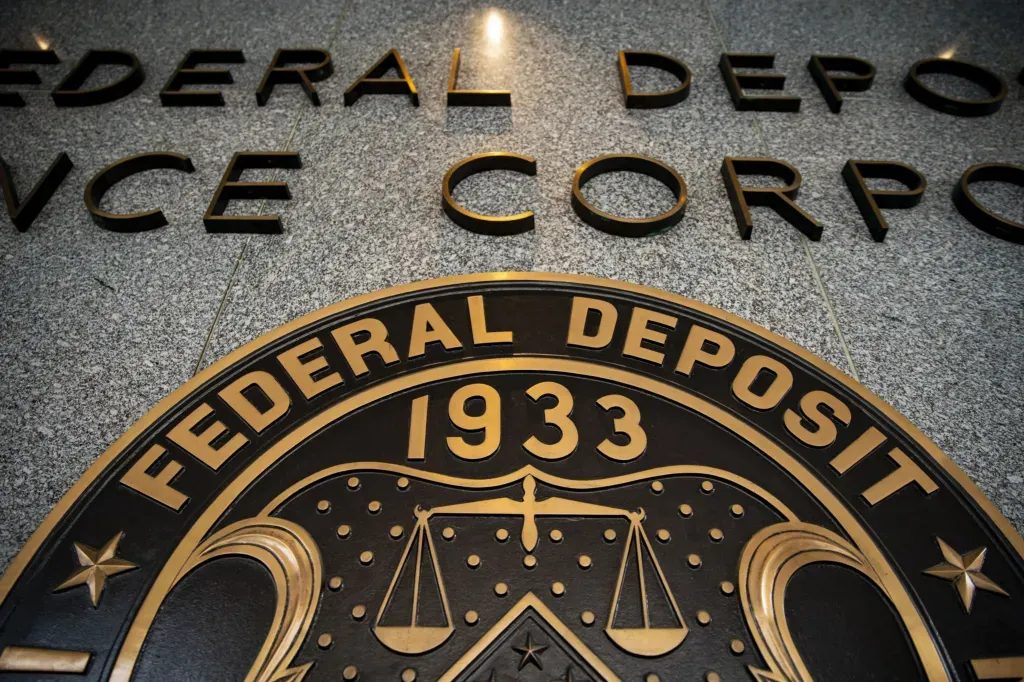Massive Deposit Flight from Major US Banks Amid Regional Bank Failures: Is the Banking Landscape Changing?
In a surprising turn of events, major US banks, which include juggernauts like JPMorgan Chase, Bank of America, Citigroup, and Wells Fargo, have witnessed a staggering $262 billion withdrawal in deposits over the past year, according to Yahoo Finance. This exodus of funds is juxtaposed against the backdrop of regional

In a surprising turn of events, major US banks, which include juggernauts like JPMorgan Chase, Bank of America, Citigroup, and Wells Fargo, have witnessed a staggering $262 billion withdrawal in deposits over the past year, according to Yahoo Finance. This exodus of funds is juxtaposed against the backdrop of regional banks struggling to keep their doors open, forcing many to rethink the solidity of the US banking system.
Heartland Tri-State Bank's Fall
The most recent casualty in this shifting landscape was Heartland Tri-State Bank of Elkhart, Kansas. On July 28th, the bank was declared a failure by the Federal Deposit Insurance Corporation (FDIC). In an effort to protect its customers, the FDIC transferred all deposits to Dream First Bank, National Association (N.A.), a fellow Kansas-based entity. This failure follows on the heels of other major banking collapses, notably First Republic, Silicon Valley Bank, and Signature Bank, all of which have significantly rattled the banking industry in 2023.
Silver Lining for Regional Banks?
Amidst this tumultuous backdrop, CFRA equity analyst Alexander Yokum offers an intriguing perspective. Despite major banks hemorrhaging deposits, Yokum points out that regional banks are, paradoxically, seeing a rise in deposits. The catch? These smaller banks are shelling out more to attract and retain their customers. Yokum succinctly puts it: “The regionals are winning the deposit battle right now because they’re willing to pay the most.”
Supporting this analysis, JPMorgan reported a whopping 67% surge in quarterly profits to $14.47 billion for the quarter ending June 30th, even with the significant drop in deposits.
A Cost-Efficient Resolution
For Heartland Tri-State Bank, the most economical solution was transferring its assets to another institution rather than depleting the FDIC's insurance fund for customer compensation. At the time of its closure, the bank held roughly $139 million in assets and $130 million in deposits. Dream First Bank, N.A. agreed to purchase almost all of Heartland's assets, while also entering a shared-loss agreement on the acquired loans. This strategic move is intended to maximize asset recoveries by retaining them in the private sector, ensuring minimal disruption for loan customers.
Legislation on the Horizon
The alarming frequency of bank failures this year has spurred lawmakers into action. Proposals are in the pipeline for new legislation aimed at safeguarding customer deposits and fortifying the financial system's stability. The shockwave sent by First Republic's failure, deemed the nation's second-largest bank collapse ever, was a stark reminder of the system's vulnerabilities.
Customers First
For customers of the now-defunct Heartland Tri-State Bank, the transition promises to be relatively smooth. The bank's branches will be rebranded under Dream First Bank, ensuring continued access to funds via checks, ATMs, or debit cards. Moreover, loan terms remain unchanged, with the FDIC assuring clients that regular payments, including those in escrow, should continue as usual.
Conclusion
The series of banking collapses and the unprecedented deposit flight from major banks mark a pivotal moment in the US banking sector. While the industry grapples with these challenges, the paramount concern remains the protection of customer interests and the restoration of faith in the banking system.




